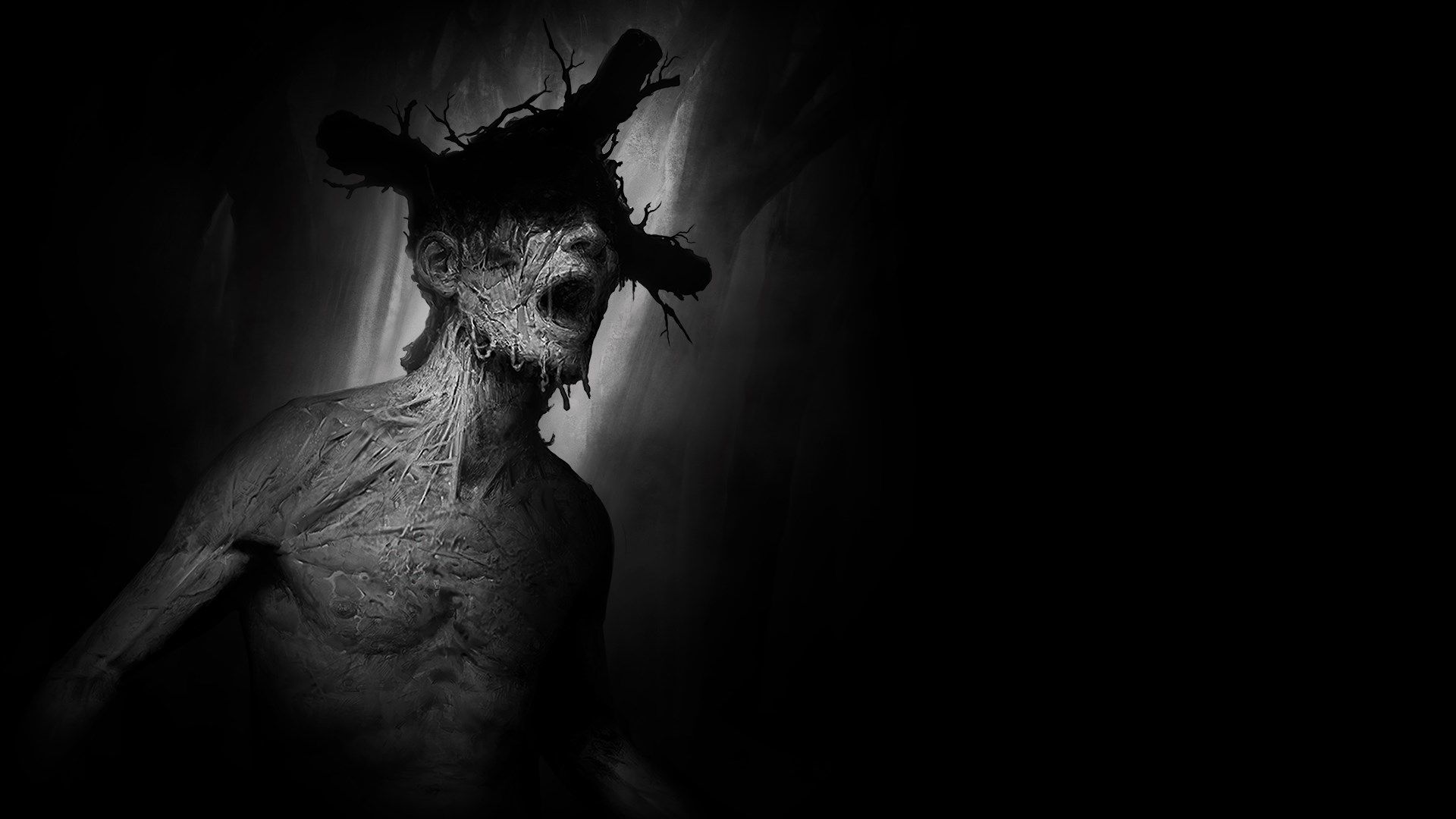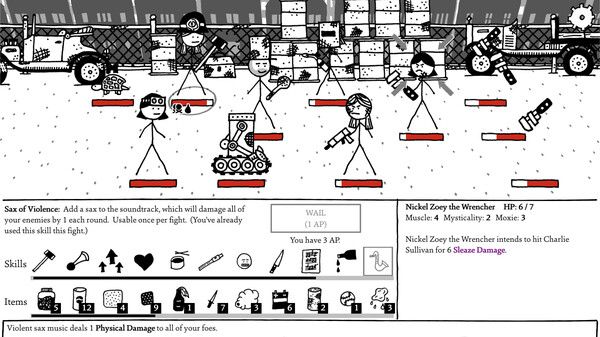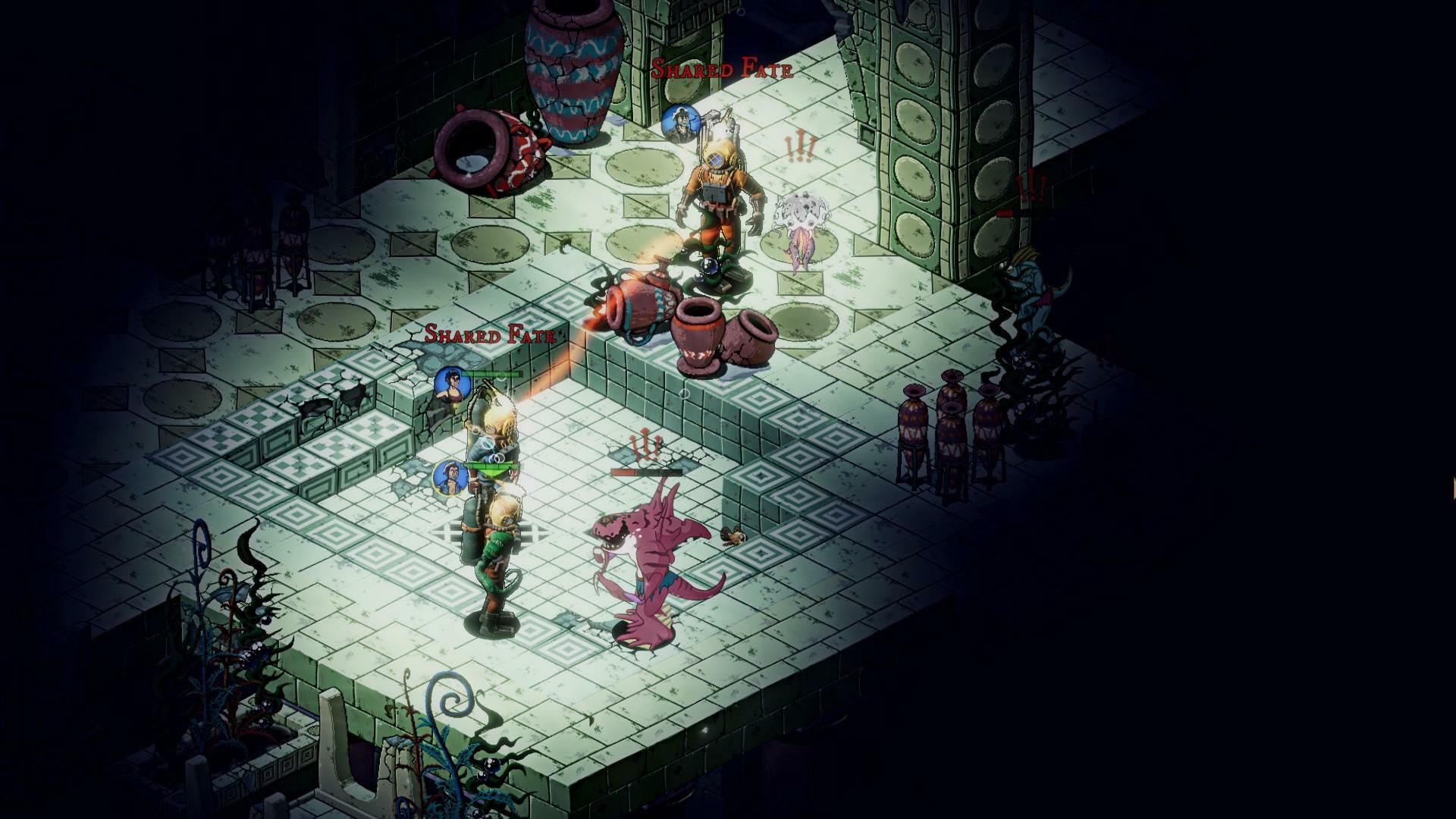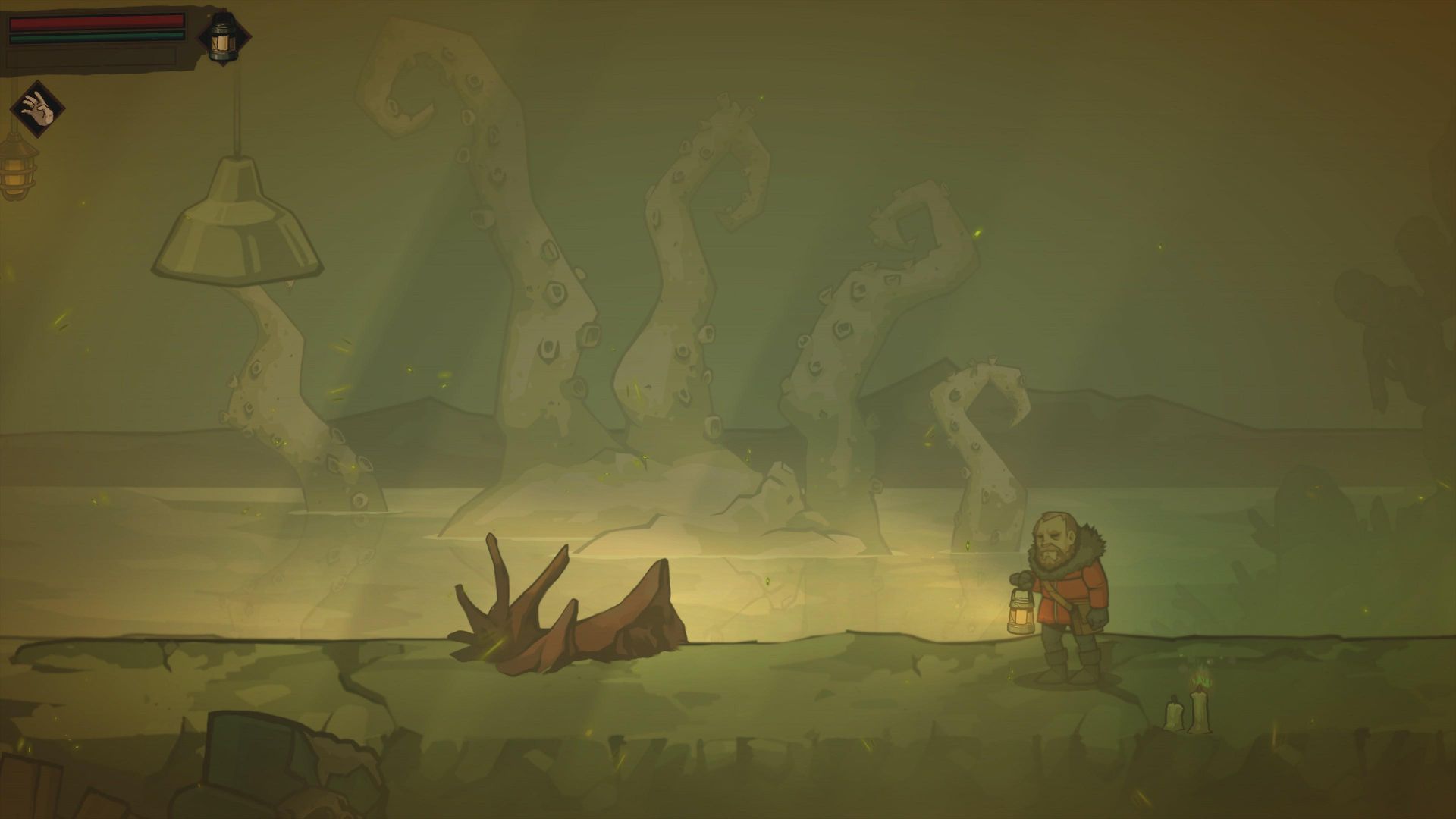Dreams in the Witch House
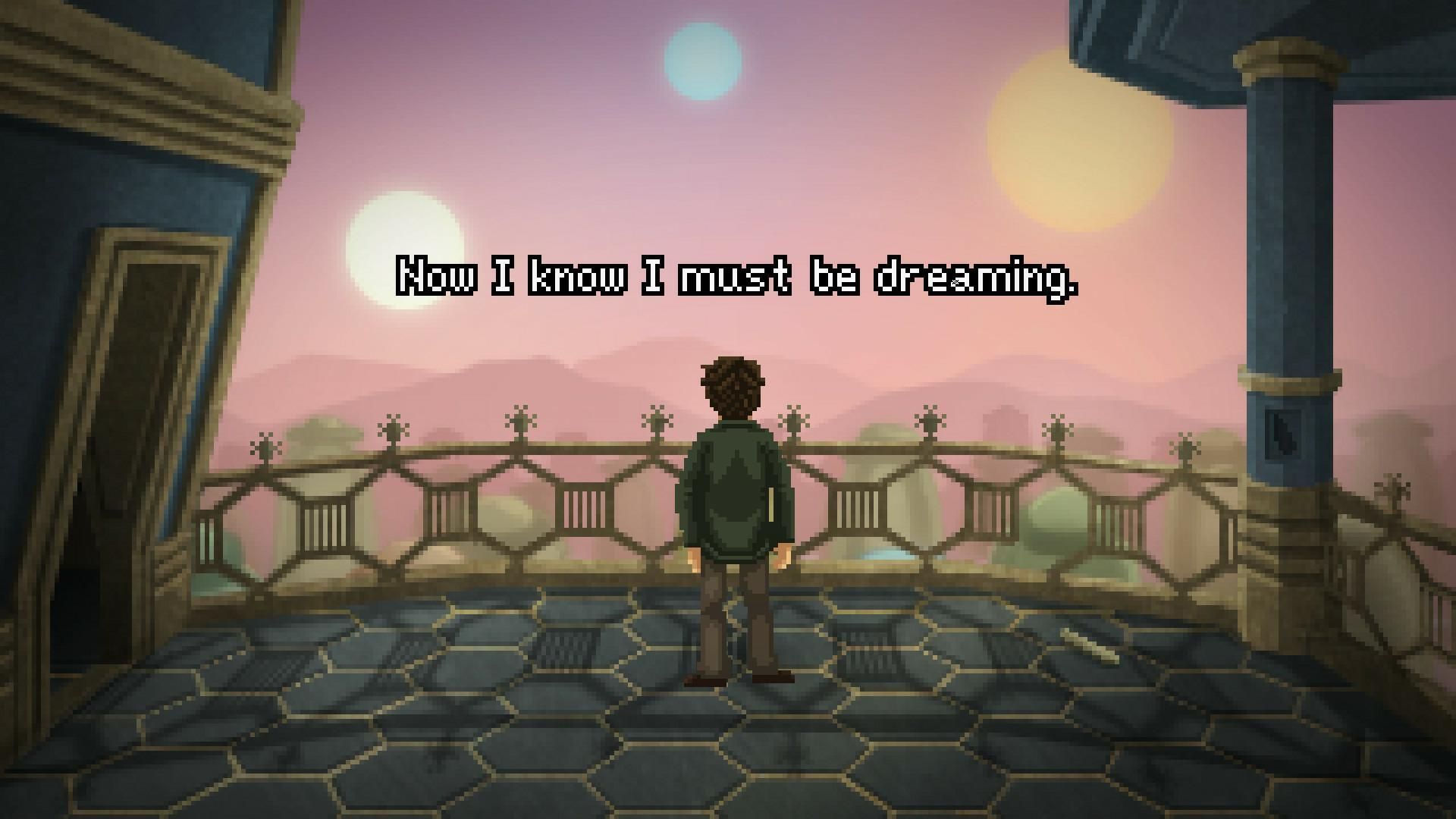
Gameplay and Mechanics
In the haunting corridors of Arkham, 'Dreams in the Witch House' unfolds like a tapestry woven with threads of dread and discovery. Players inhabit the troubled skin of Walter Gilman, navigating his descent into the arcane as he balances the mundane with the mystical. The game merges the exploratory spirit of a sandbox with the careful pacing of a point-and-click adventure, creating a space where choices echo through the shadowed halls of Miskatonic University and beyond. The mechanics of sanity, health, and time offer a delicate dance where each misstep might lead to madness or revelation.
Atmospheric Tension
The game excels in atmospheric tension, wrapping the player in a cloak of unease that is both palpable and alluring. The pixelated graphics, while simplistic, evoke a nostalgia that belies the creeping horror underneath. As the days inch towards the ominous May-Eve, the air thickens with a sense of impending doom, making every decision feel weighted with existential consequence. It's a world where reality blurs, and dreams seep into waking life, leaving players questioning the nature of their own sanity.
Narrative Ambiguity
At the heart of 'Dreams in the Witch House' lies the seductive pull of narrative ambiguity. The story unfolds in fragments, inviting players to piece together the puzzle of Walter's fate through exploration and choice. The non-linear structure ensures that no two journeys are the same, each path a unique tapestry of dread and discovery. Yet, in this freedom lies a double-edged sword; the lack of clear direction can sometimes lead to frustration, leaving players adrift in a sea of arcane mysteries.
Exploration vs. Dread
Exploration in 'Dreams in the Witch House' is a venture into the heart of darkness, where every shadow might conceal secrets best left unearthed. The open-world design invites players to dig deeper into the mythos, but each foray into the unknown brings them closer to the edge of sanity. It's a delicate balance between the urge to uncover the truth and the dread of what that truth might reveal, a dance with the devil in the pale moonlight of Arkham's cursed nights.
Existential Horror
The game captures the essence of Lovecraftian horror, where the true terror lies not in the grotesque, but in the existential. As Walter delves deeper into forbidden knowledge, players are confronted with the insignificance of humanity in the face of cosmic forces. It's a chilling reminder of our place in the universe, a whisper of the void that echoes through the halls of Miskatonic University. The game weaves these themes into its core, crafting a narrative that lingers long after the screen fades to black.
Cultural and Literary References
'Dreams in the Witch House' draws heavily from the works of H.P. Lovecraft, particularly the short story of the same name. Fans of classic horror will recognize nods to Lovecraft's mythos, such as the Necronomicon, Nyarlathotep, and Miskatonic University. The game is steeped in references to 1920s New England folklore, arcane rituals, and cosmic horror. These elements enrich the narrative and provide depth for players familiar with Lovecraftian literature.
Survival Tips for New Players
To thrive in 'Dreams in the Witch House,' players should prioritize time management and resource allocation. Balancing Walter's studies with his mental and physical health is crucial. Avoid venturing out at night unless well-prepared, and always keep an eye on your sanity meter. Use journals to track clues and revisit dream sequences to uncover hidden paths. Small choices—like what to read or where to sleep—can significantly affect the outcome.
Game Mechanics Deep Dive
The game combines elements of sandbox survival with point-and-click mechanics. Key systems include a sanity meter that fluctuates with events and choices, a time clock that dictates daily routines, and inventory management. Players can explore a semi-open world where every interaction, item, and location can alter the narrative. Randomized dream sequences and procedural events ensure a unique experience with each playthrough.
Character Builds and Strategy
Walter can be shaped into various 'builds' based on player choices. A scholarly build focuses on studying arcane tomes and improving academic performance, useful for unlocking occult lore. A survivalist build emphasizes physical health, money management, and securing safe havens. There's also a balanced approach, which aims to manage both intellect and wellbeing. Strategic planning and replaying the game with different focuses reveal the rich, branching paths hidden in the game's design.
Storytelling and Replay Value
Each playthrough of 'Dreams in the Witch House' unfolds differently, depending on how you navigate Walter's choices, dreams, and discoveries. The storytelling is subtle yet compelling, delivered through environmental clues, cryptic dialogue, and eerie dreamscapes. Players are encouraged to experiment and uncover the many endings the game offers, making it highly replayable for fans of mystery and horror narratives.
Image Gallery
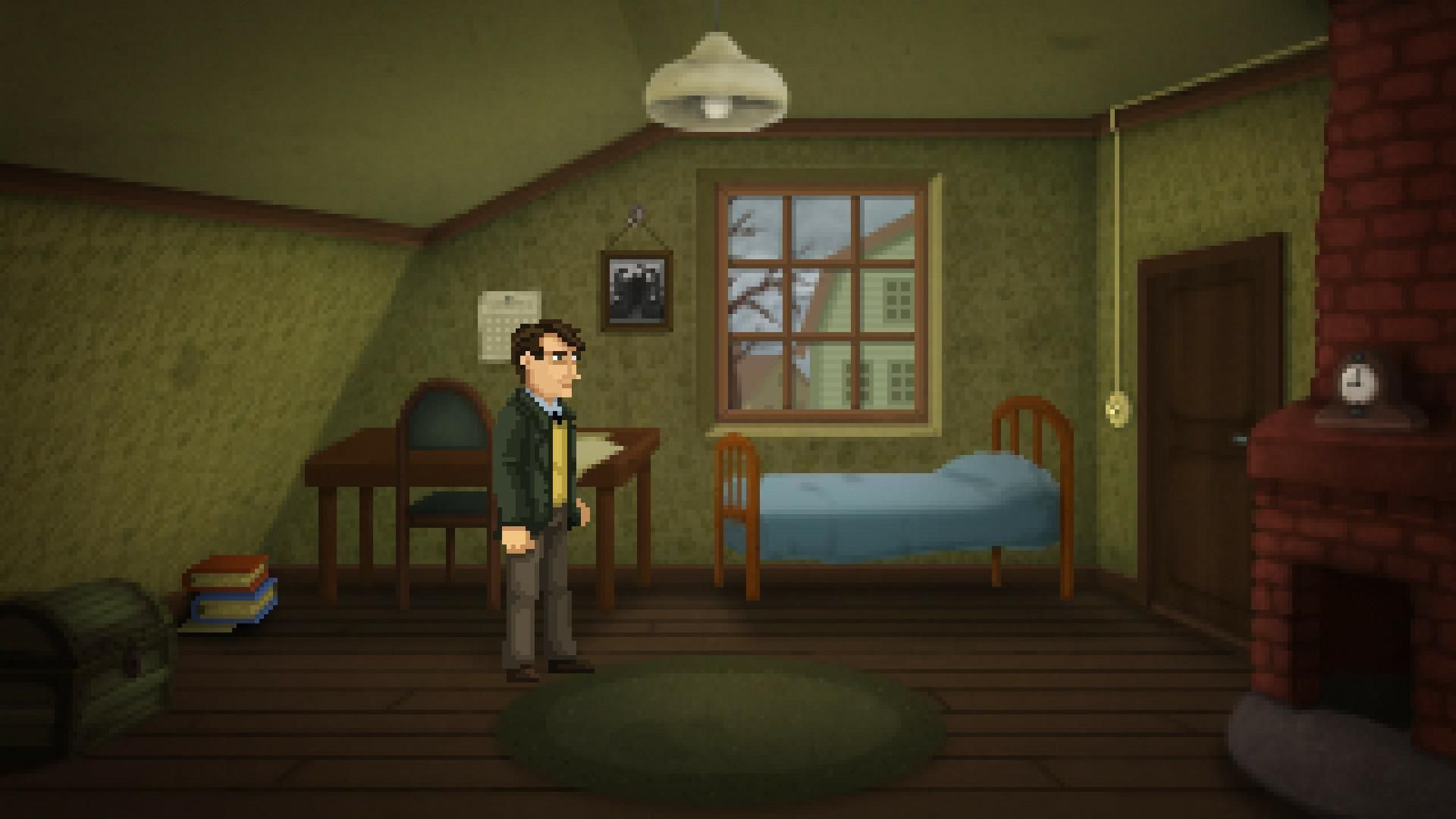
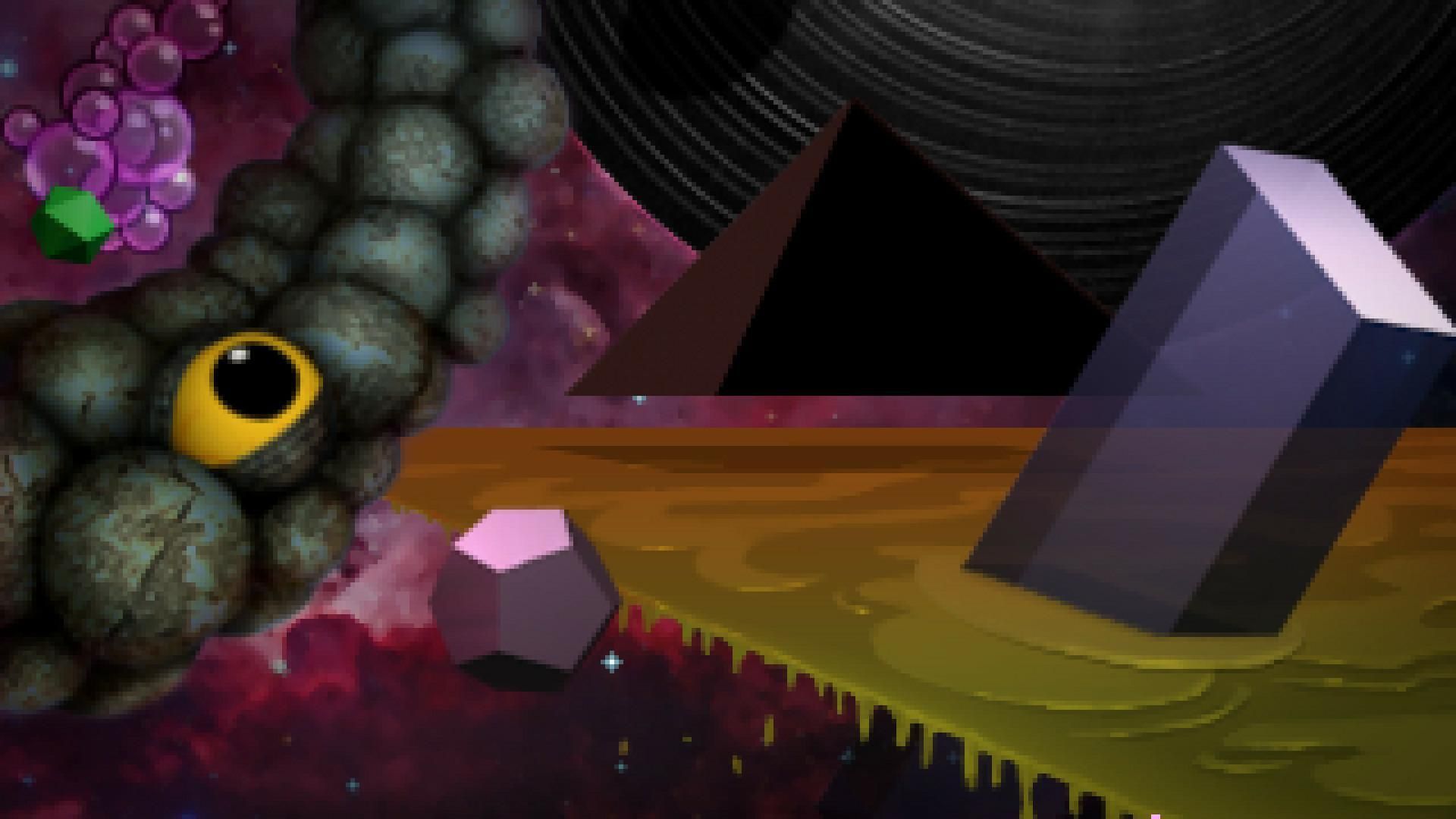
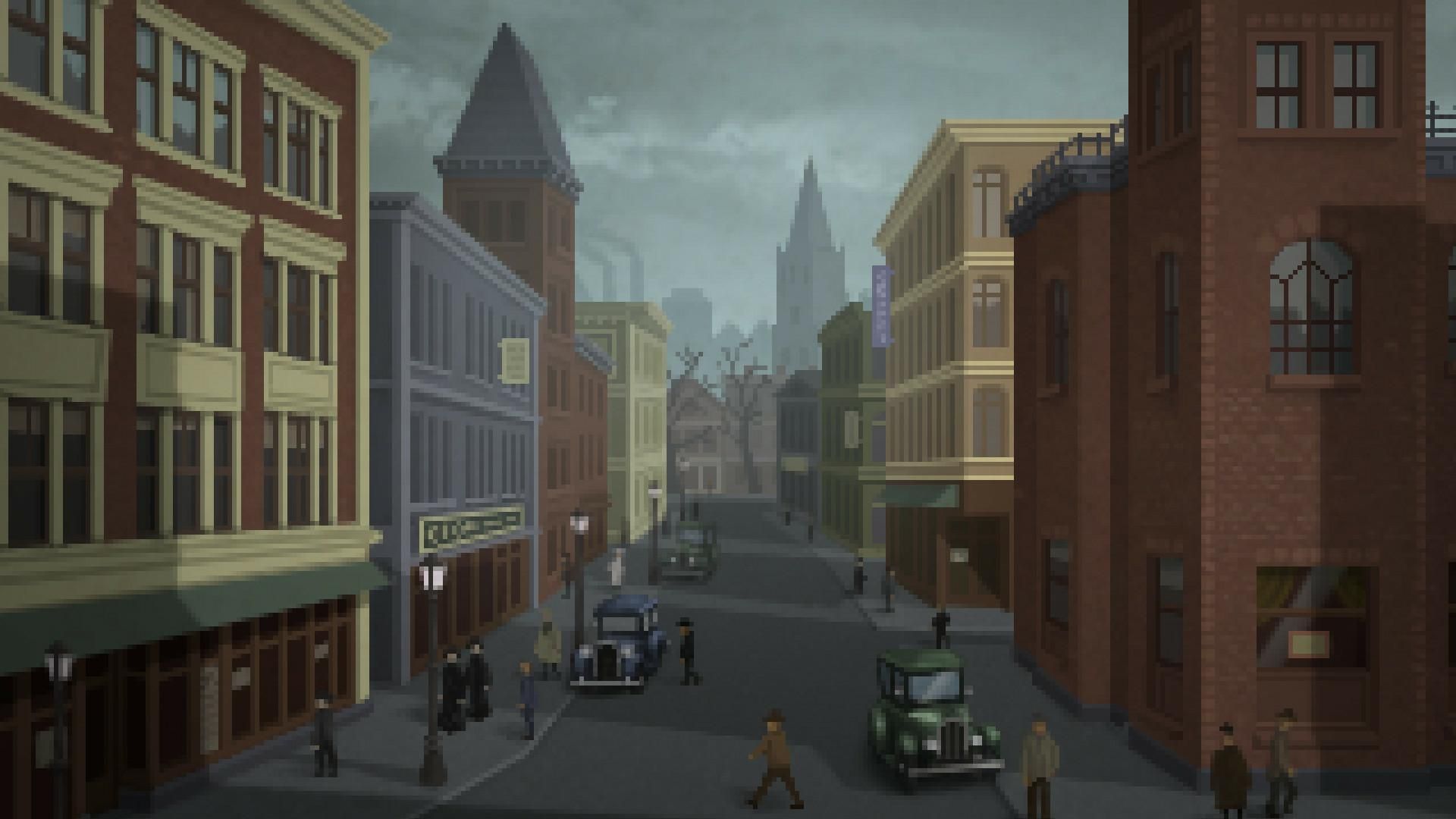
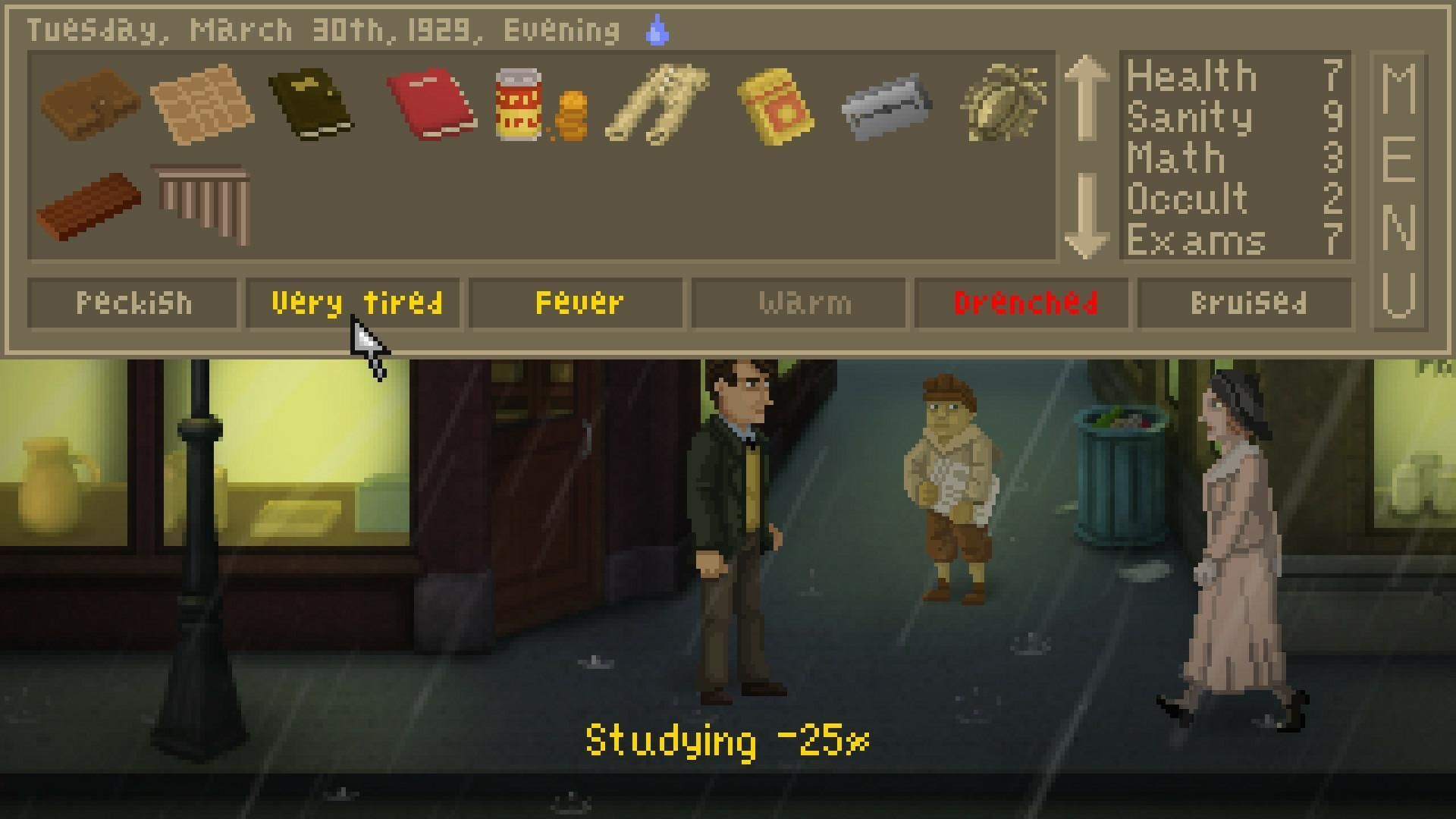
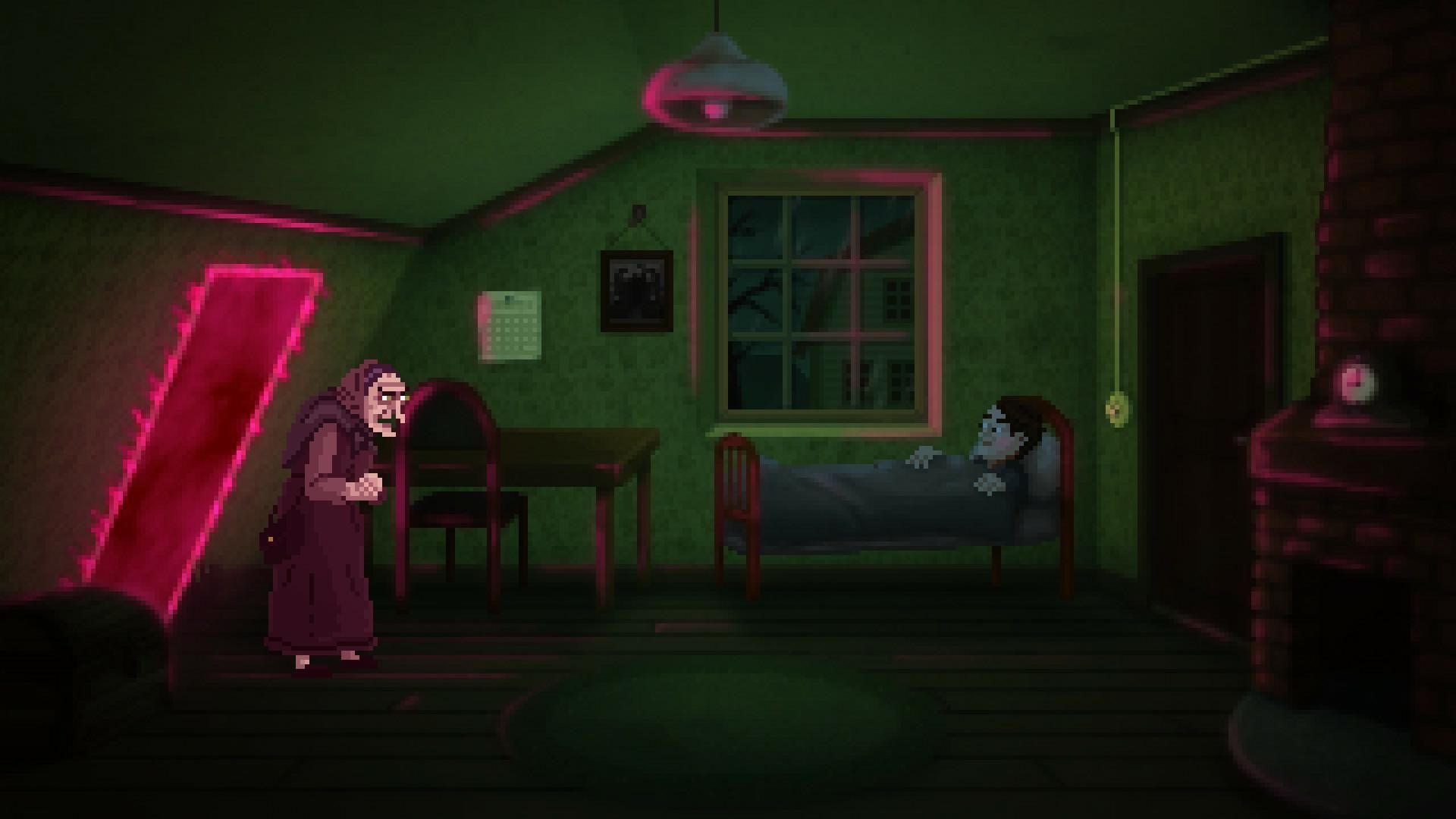
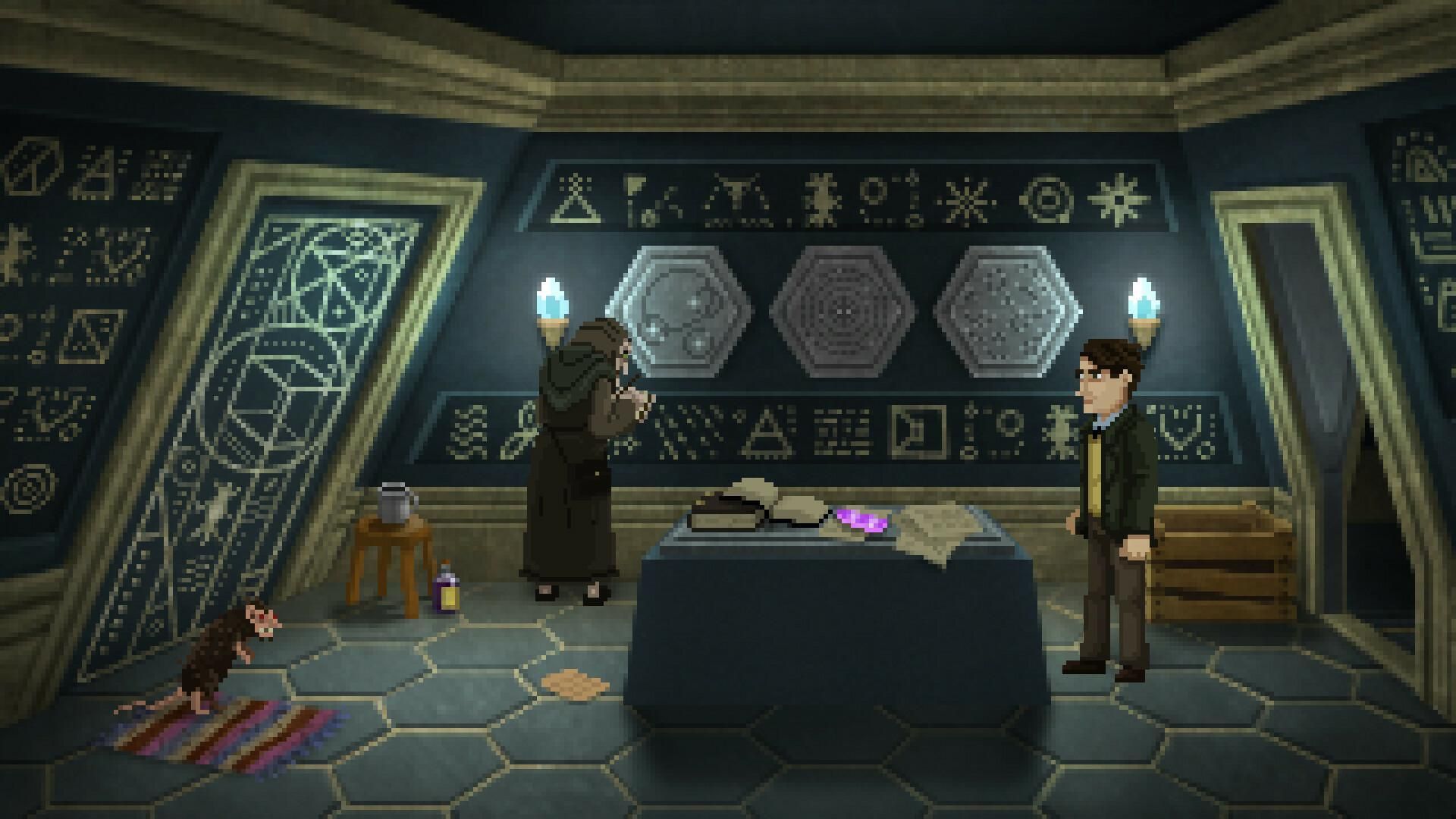
Core Mechanics of Dreams in the Witch House
Survival in Arkham is a matter of knowledge, caution, and routine. These systems define Walter Gilman's descent into the unknown.
-
Sanity and Health Management
Walter must sleep, eat, and avoid stress to maintain mental and physical health. Failing to rest or pushing into forbidden knowledge too soon may spiral him into madness. Sanity loss isn't always obvious — sometimes it appears as dreams, sometimes as changes in reality itself.
-
Time and Scheduling
The game uses a day-night cycle, requiring players to plan lectures, research, rest, and exploration. Time mismanagement can mean missing crucial events or arriving unprepared for supernatural confrontations.
-
Dreamworld vs. Reality
Players often shift between the waking world and an eerie dream realm. Items or information gathered in dreams may influence the real world and vice versa. Some secrets can only be unlocked by surviving — or dying — in dreams.
-
Item Crafting and Rituals
Books, reagents, and clues collected throughout Arkham enable the performance of rituals. Crafting protective wards or decoding spells is essential for survival, but experimenting recklessly may backfire.
-
Academic Pressure
Walter is still a student. Missing classes or exams can lead to consequences. Balancing studies and supernatural survival is a defining mechanic that adds tension and realism to the game loop.
Tips for Navigating the Witch House
Staying alive in Arkham requires more than courage — it requires planning, perception, and a pinch of paranoia.
-
Sleep Is Sanity
Always monitor Walter's fatigue. Exhaustion leads to faster sanity loss and unreliable interactions. Use the bed early and often, especially after dream encounters.
-
Track Clues in a Journal
Write down ritual steps, item locations, and character interactions. The game's ambiguity rewards players who act like real investigators.
-
Balance Studies with Secrets
Maintain good academic performance — it influences access to research resources and reputation. Don't let the supernatural make you a dropout.
-
Read All Books
Every book may contain hidden knowledge, new ritual ingredients, or hints about dream navigation. Even mundane tomes can reveal crucial lore when read under the right conditions.
-
Respect the Calendar
Pay attention to dates. Certain events only happen once and missing them may block endings or rituals. Especially near May-Eve, time becomes a weapon.
Character Builds in Dreams in the Witch House
Although the game doesn't use traditional RPG classes, your playstyle can mold Walter into distinct archetypes. Each has unique strengths — and weaknesses.
-
The Scholar
Focus on academic performance and research. This build grants early access to Miskatonic archives, key items, and rare books. Sanity is a challenge but knowledge is power.
-
The Occultist
Dive deep into arcane rituals, collecting reagents and performing experiments. High risk, high reward. This build can unlock secret dream paths early but at the cost of health and clarity.
-
The Survivalist
Prioritizes food, rest, and routine. By managing time perfectly and avoiding the supernatural where possible, this build delays the descent into madness and survives longer without consequence.
-
The Dreamwalker
Focuses on exploring and mastering the dreamworld. This build offers deep insight into non-linear storytelling and unlocks alternate endings, but is the hardest to manage due to constant reality shifts.
Game Session
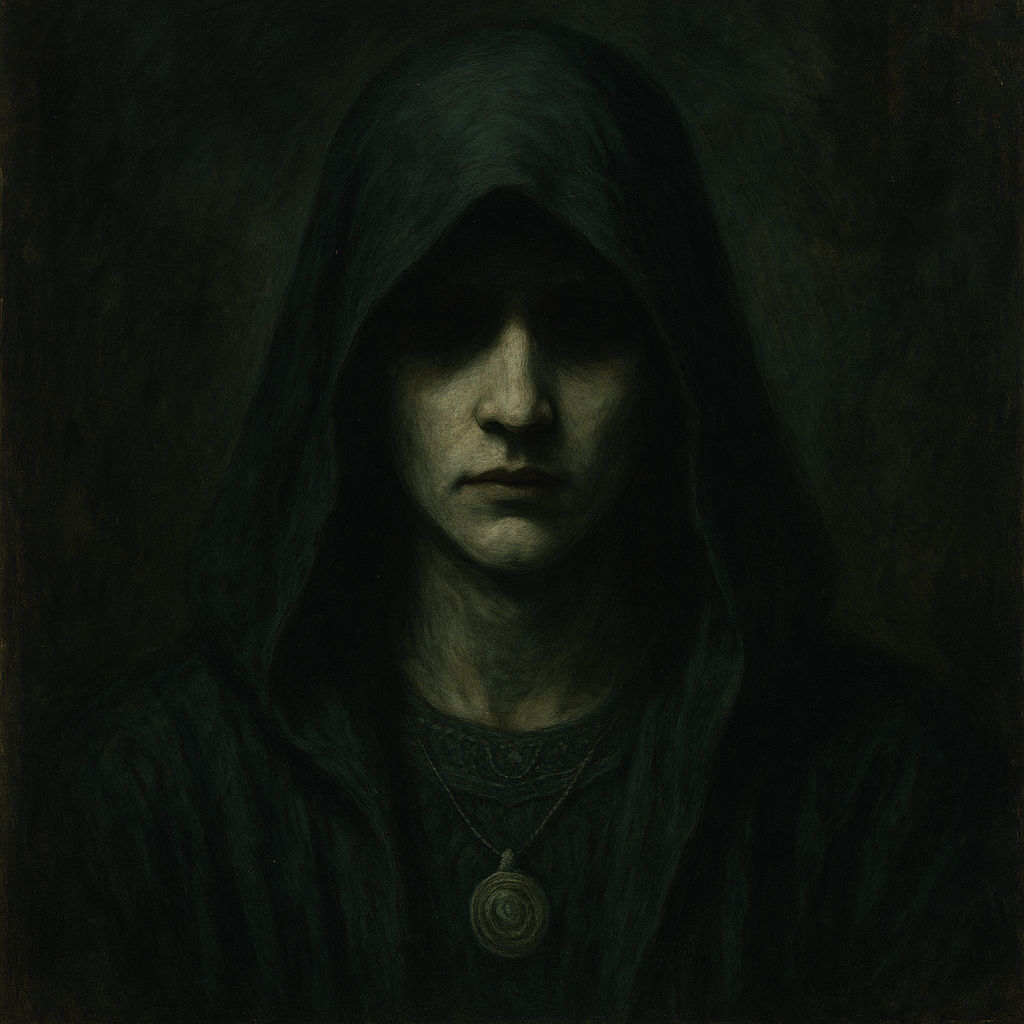
April 29th. The clock struck 3 AM. Walter, barely clinging to sanity, lit the last candle in the corner of his attic room. He had ignored the scratching sounds for nights, but tonight they grew louder, more purposeful. I had collected the last piece of the star-shaped key from the basement — a reckless decision after what the janitor warned. My health was low, my sleep deprived, but I couldn't turn back. I muttered the incantation copied from the Necronomicon, and the floor trembled. A portal yawned open. As the dreamworld swallowed me, I realized too late — the final piece was a trick. The barrier was meant to contain, not release. When I awoke, the calendar still said April 29th. But outside the window, the stars were wrong. In Arkham, time — like sanity — flows backward.
Cultural and Literary References
Dreams in the Witch House is steeped in Lovecraftian horror, drawing directly from literary and mythic sources to construct a world of dread.
-
H.P. Lovecraft's Source Material
Based on Lovecraft's 1933 short story, the game adapts core concepts like non-Euclidean geometry, forbidden knowledge, and alternate dimensions.
-
Miskatonic University
A recurring setting in the Cthulhu Mythos, Miskatonic is both a hub of learning and a wellspring of madness. Its presence bridges the mundane and the mystical.
-
Witch Lore and Folklore
Elements of real-world witchcraft traditions, particularly Puritan-era New England folklore, shape the story's rituals, symbols, and historical backdrop.
-
The Necronomicon
An iconic fictional grimoire from Lovecraft's mythos, the Necronomicon plays a central role in the plot, serving as both a source of truth and doom.
-
Dreams as a Parallel Reality
The concept of dreams as a separate, sometimes more 'real' plane reflects both Lovecraft's 'Dream Cycle' stories and broader mythologies about the power of sleep and vision quests.
Final Verdict
Dreams in the Witch House is a masterclass in Lovecraftian horror, offering a chilling journey into the heart of madness. Its strengths lie in its atmospheric tension and narrative ambiguity, making it a must-play for fans of the genre. If you are drawn to the mysteries of the unknown and the allure of cosmic horror, this game beckons you to step into its shadowed embrace.
Strengths
- Atmospheric tension that envelops the player in unease.
- Non-linear narrative encourages exploration and discovery.
- Unique blend of sandbox and point-and-click mechanics.
Weaknesses
- Lack of clear direction can lead to player frustration.
Editorial Review
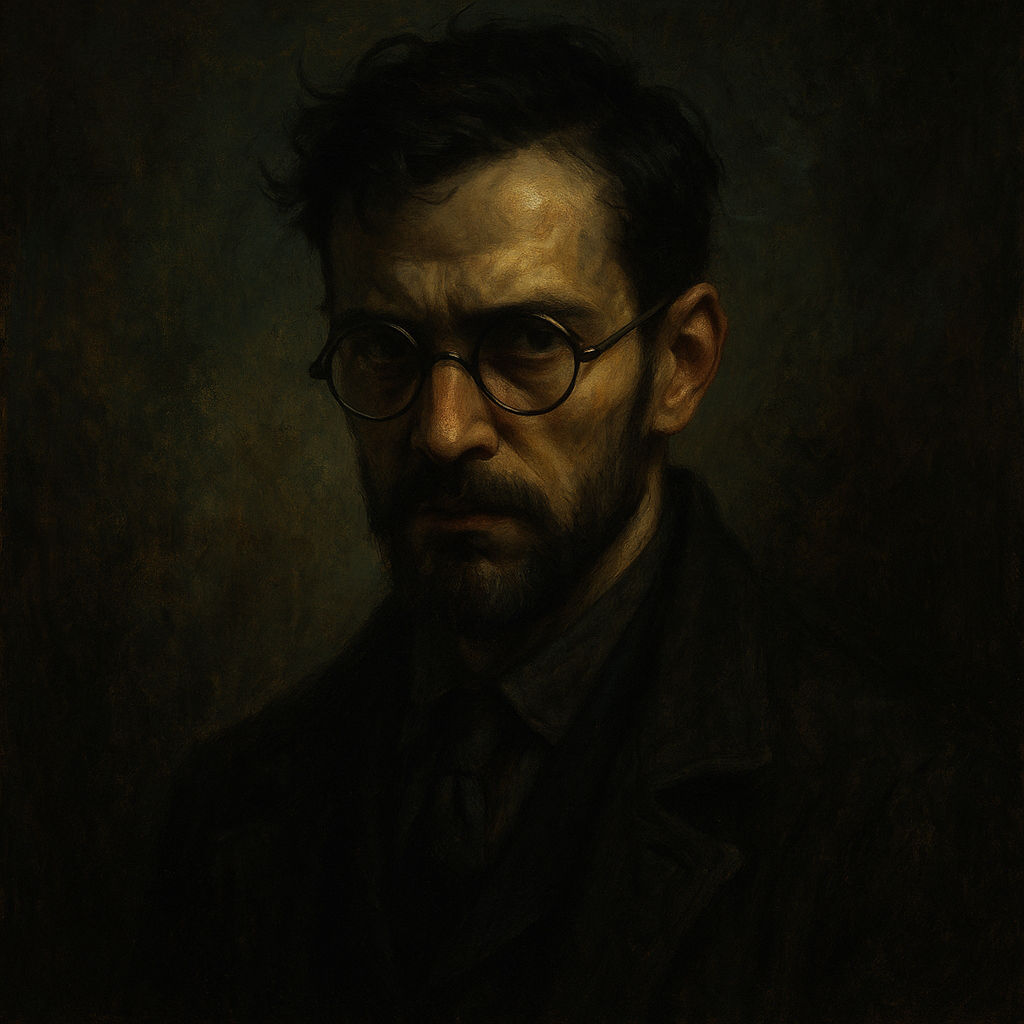
The game intricately weaves its horror mechanics into every choice, manipulating the player with an invisible hand. It's fascinating to see how design meets fear in such a seamless dance.
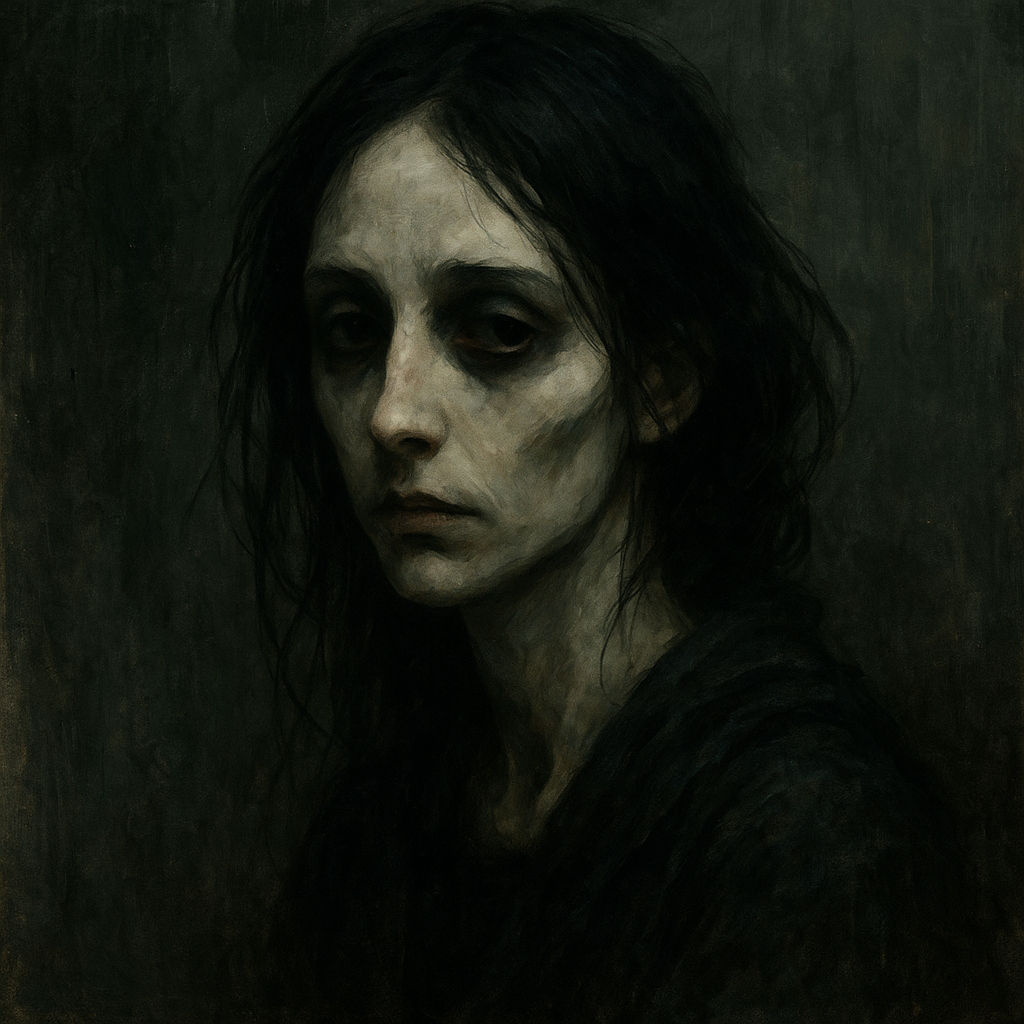
Dreams in the Witch House is a poignant exploration of the cost of knowledge. The game captures the melancholic beauty of seeking truths that might best be forgotten.

Mechanically, the game offers a solid challenge, demanding careful management of resources and sanity. It's unforgiving, but that's where its sharp edge truly shines.

There's a haunting beauty in the pixelated world of Dreams in the Witch House, where each eerie detail invites you to lose yourself in its chilling story. It's an enchanting dance between childlike wonder and adult horror.
You might also like
About the author

Neith
I’m Neith. I walk the edges of madness and meaning. Stories that disturb, games that whisper — those are my domain.
